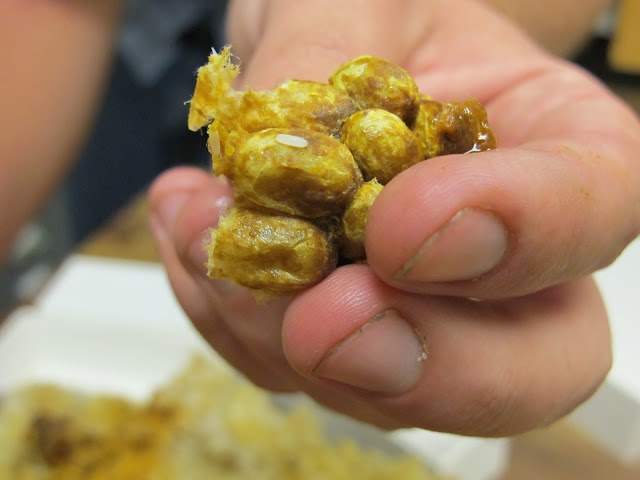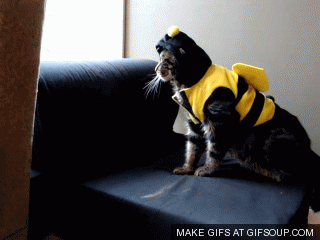On Thursday night, we went out to my experimental site on the university's research farm and ran a four hour experiment. It was a long night, but we had fun.
We spent the evening documenting predation on both the larvae and eggs of a pest species, the black cutworm, while in two different environments: low-mowed grass and high-mowed grass. You could probably already guess that I'm pro high-mowed. In addition to reducing inputs (gas, fertilizer, irrigation), high-mowed grass could also have the benefit of increasing beneficial insect populations (like predators and parasitoids) which would reduce the need for treating with insecticides.
Yay!
Eggs went out on garden stakes, 10 to a stake, 2 stakes per plot:
And larvae went out alive on corks which we placed into the ground, five per plot:
End product:
These prey items stayed out for the next three hours, and every 30 minutes we went out and recorded what was being eaten, by whom, and in what quantity. If we couldn't easily identify something, we grabbed it and took it back to the lab with us for future scrutiny. Once it got dark, we used flashlights with red cellophane over the lightbulbs, as insects do not perceive red light.
I used a headlamp, as I am cool.
And here's what we were looking at. I swear it's not horrific insect torture. Can you tell I feel a little conflicted about this?
Ants!
Wolf spider!
Go us.


















































